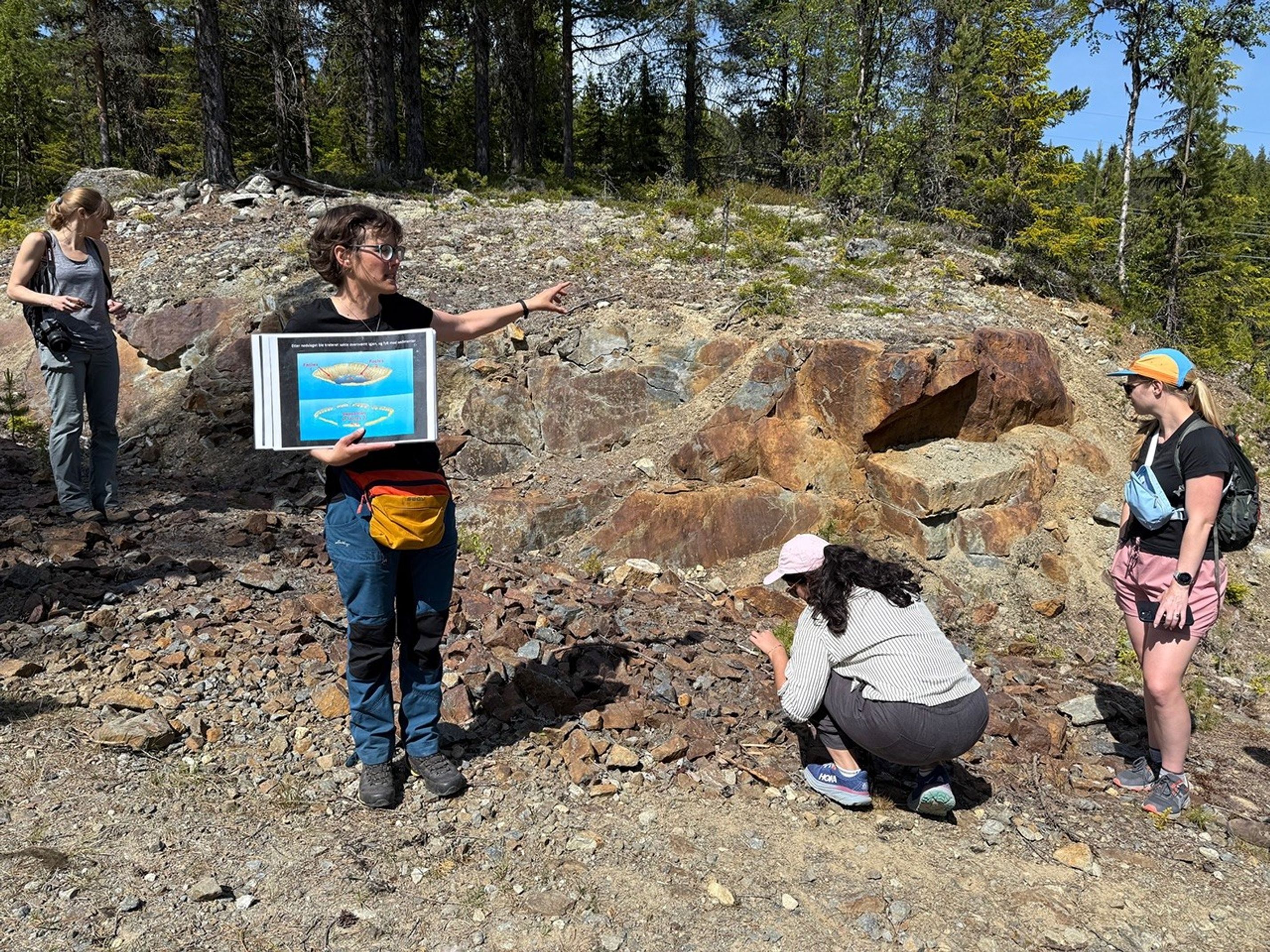After yesterday's 47 meter drive, Curiosity awoke to a much different landscape than she had been analyzing over the past week.
After yesterday's 47 meter drive, Curiosity awoke to a much different landscape than she had been analyzing over the past week. Instead of the beautifully exposed sedimentary bedrock that had been extensively analyzed since late May, Curiosity now finds herself among a pile of small pebbles and cobbles intermixed with sand. While this landscape doesn't allow for brushing of any of these small rocks, Curiosity will still perform some high-resolution microscopic imaging and some bulk chemical analyses using both the ChemCam and APXS instruments on nearby targets to characterize the local cobbles and soils. The following morning, Curiosity will conduct a series of environmental observations using ChemCam and Mastcam before embarking on a ~40 meter drive. Once Curiosity arrives at this new location over the weekend, she will conduct a series of seven short imaging experiments over the next ~36 hours to characterize the photometry (i.e., the behavior of reflected light off of the surface) of the surrounding landscape. During this time period, Curiosity will go in and out of "sleep" 13 times for durations ranging from 20 minutes to 6 hours in order to charge her batteries to keep up with all of our scientific demands: acquire images, nap for 40 minutes, wake up, acquire images, nap for 70 minutes, wake up, acquire images, nap for 4 hours, wake up, relay data to an orbiting satellite, nap, etc. etc. While the science team may be cranky at the end of such a series of measurements and naps, we expect Curiosity to be eager for more scientific exploration when the team resumes its mission planning early next week!
Written by Mark Salvatore, Planetary Geologist at University of Michigan































